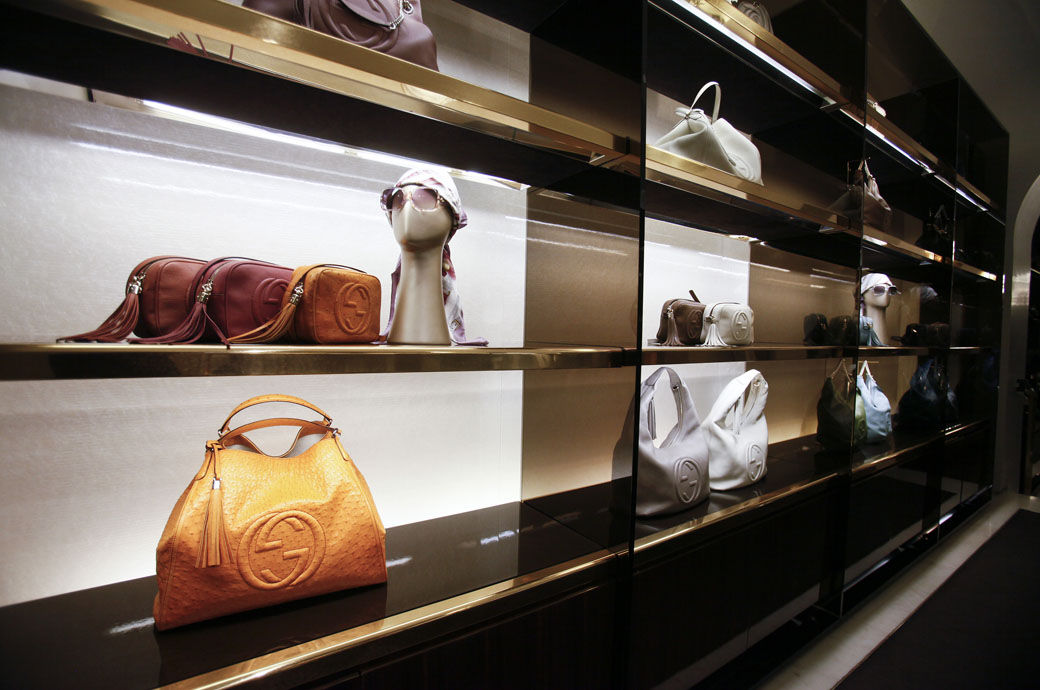
Altagamma is the Italian luxury goods manufacturers' industry association.
The market is likely to reach €530-570 billion by 2030—more than double its size in 2020.
A positive scenario shows a solid growth path in 2023, driven by China’s recovery and sustained growth from Europe and the Americas, although stabilising, with sales growth in the personal luxury goods market projected to be between 9 and 12 per cent versus 2022.
A realistic scenario shows overall growth more severely impacted by a slowdown in mature markets, potentially adversely influencing luxury customer spending, as well as a slower recovery in China. In this scenario, sales growth in the personal luxury goods market is expected to be between 5 and 8 per cent versus 2022.
Luxury shopping in the United States is slowing down due to economic uncertainties, while it is on the rise in Europe, thanks to tourism—though this could change in the second half of this year, the study says.
Key challenges for the industry in the midterm are linked to environmental, social and governance (ESG) regulatory pressures as well as the impact of generative artificial intelligence (AI) and new technologies on all steps of the value chain.
The personal luxury goods market posted a record year in 2022, reaching a market value of €345 billion, despite geopolitical tensions and macroeconomic uncertainty. This momentum persisted into the first quarter (Q1) of 2023, achieving 9-11 per cent growth over 2022.
The study attributes growth in Q1 2023 to a number of factors, including the gradual decrease of hyperinflation, recovering confidence of local consumers in Europe, the reopening in China and lifting of its zero-COVID policy restrictions before Chinese New Year shopping, and the positive momentum in Japan and Southeast Asia, bolstered by intraregional tourism.
Despite holding onto about $900 billion in unspent savings, US consumers are refraining from spending, due to economic uncertainties and the end of COVID relief funding. Top US customers are holding up, yet partially shifting their spending abroad as price differentials widen, and aspirational customers are spending less.
Europe has started the year off strong, with sustained performance in the first quarter, especially due to top spenders. The region, however, is awaiting ‘a moment of truth’, which will pressure test its resilience in the summer as locals face an end to their ‘luxury shopping haven’—the long tail of US and Middle Eastern tourists in the first half of the year is now expected to slow down.
In the last months, Europe has experienced its first Chinese tourists back, with a solid return expected later in the year.
The market in Mainland China, which saw growth in the first quarter this year, is expected to rise again this year, with some, but not all, brands back to 2021 levels.
In the meantime, the Asian market is experiencing a reshuffling, with old and new luxury magnets. Hong Kong and Macau posted a sharp acceleration as primary destinations for Chinese tourism since the country reopened, with additional tailwinds from government policies.
Southeast Asia continued its brilliant growth path, sustained by an influx of Russian tourist spending, the first arrivals of Chinese consumers, and a strong appetite for jewellery and watches.
South Korea, on the other hand, is slowing down with a rebalancing of locals spending on purchases abroad and travel retail accelerating, due to inflows from Southeast Asia and despite limited Chinese arrivals so far.
Japan is the rising star in this landscape: local customers are keeping up their spending, and growth is coming from inbound tourists that are hungry for best-seller accessories, including the first signs of Chinese arrivals.
In response to regulatory ESG pressures, luxury brands over the next three years will see a pressing focus on value chain decarbonisation, known as scope 3 emissions, requiring them to decouple expected business growth from the absolute growth of emissions, the study adds.
Fibre2Fashion News Desk (DS)